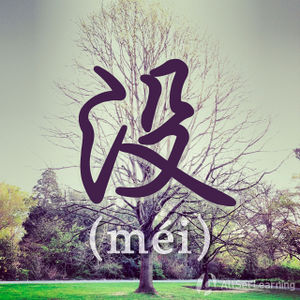Difference between revisions of "Inability with "mei banfa""
Yangrenjun (talk | contribs) |
m (Text replace - "Describing Actions" to "Describing actions") |
||
| Line 24: | Line 24: | ||
[[Category:A2 grammar points]] | [[Category:A2 grammar points]] | ||
| − | {{Used for|Describing | + | {{Used for|Describing actions}} |
{{Basic Grammar|办法|A2|没办法 + V|我 <em>没 办法</em> 帮 你。|grammar point|ASGI2KHC}} | {{Basic Grammar|办法|A2|没办法 + V|我 <em>没 办法</em> 帮 你。|grammar point|ASGI2KHC}} | ||
{{Rel char|没}} | {{Rel char|没}} | ||
{{POS|Verbs}} | {{POS|Verbs}} | ||
Revision as of 03:01, 19 June 2012
-
Level
-
Similar to
-
Used for
-
Keywords
Structure
One easy way to express inability is to use the phrase 没办法 (méi bànfǎ). Literally this translates as "to have no way", and is commonly used in situations where something is not possible. The structure:
Subject + 没办法 + Verb + Object
Examples
- 我 没 办法 帮 你。
- 他 没 办法 去 中国。
- 我们 没 办法 出去。



